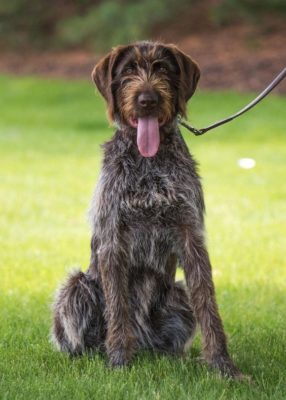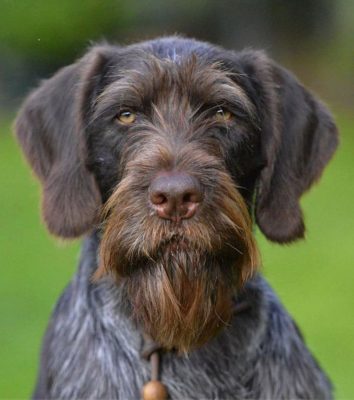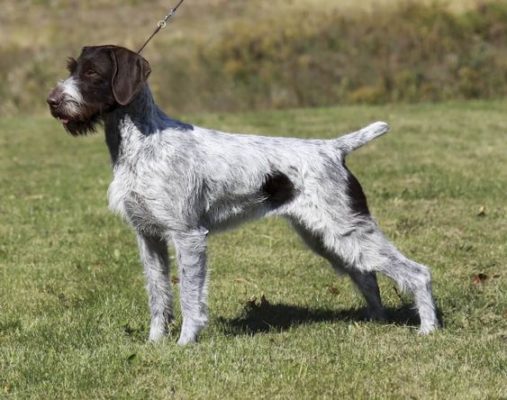German Wirehaired Pointer
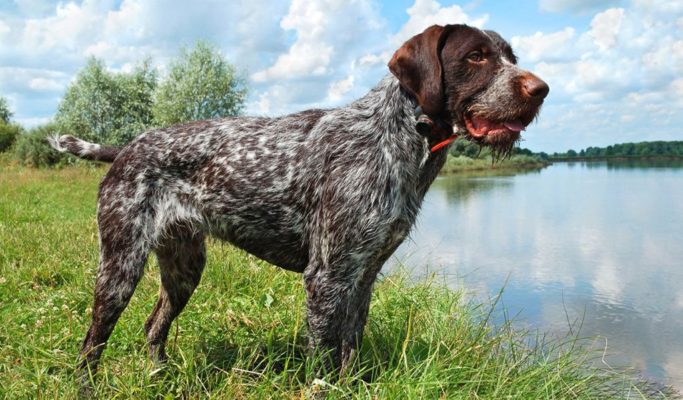
German Wirehaired Pointers are known as hunting companions. It is worth noting, though, that they were not bred solely for their hunting abilities. The unfriendly and disloyal hunting dog has never “gone far” in its career. Sometimes they may stay away from strangers until they get used to them. They are happy to spend time with their owners, accompanying them in their daily activities.
Table of Contents
Breed Information
| Another Name | Deutsch Drahthaar, Deutscher Drahthaariger, Vorstehhund, Drahthaar |
| Origin | Germany |
| Height | Males 60-67 cm Females 56-62 cm |
| Weight | Males 25-34 kg Females 20-29 kg |
| Fur | Short, stiff, bristly |
| Color | Brown, black and white, black, brown and white, and other combinations |
| Lifespan | 12-14 years |
| FCI Classification | Pointing Dogs |
| Group | Dogs for security, dogs for protection, dogs for hunting, dogs for children |
| Price | From $200 |
Breed Photos
Origin History
The breed originated in Germany in the 19th century. They were bred as medium- to large-sized dogs that could locate the game in upland areas. They were supposed to hunt birds and mammals as well as catch waterfowl. Preferably, they could work under challenging conditions while working. Their coat was unpretentious, its bristly nature protecting the breed from inclement weather.
By 1880, the German Wirehaired Pointer was recognized as a separate breed, allowing it to participate in shows and trials. The modern German Wirehaired Pointer is seen as a hunting dog, although it has become popular as a pet, especially in rural areas.
Appearance
German Wirehaired Pointers are medium to large-sized dogs, with an average height of 60 to 67 cm and a weight of 25 to 34 kg. Females are slightly smaller, reaching an adult height of 56 to 62 cm and a weight of 20 to 29 kg. They have a strong build with muscular limbs suitable for their active lifestyle. Their faces are well-proportioned, with a strong muzzle and low forehead. These dogs possess a deep chest, which gives them an almost triangular body shape. Like other German pointers, they have webbed paws for swimming.
The most distinctive feature is the stiff coat. They have a thick undercoat that protects them from the cold. The wool is wire-type, protecting against rain and snow. Their fur is unevenly distributed over the body but tends to be denser on the shoulders and tail, while the fur on their legs and skull is shorter. They have thicker hair on their eyebrows and are often trimmed to a beard and mustache, which gives the face a distinctive look.
Wool can be different colors, and the color of the nose can match the color of the coat. The following colors are allowed by the standard: brown, black and white, black, brown and white, and other combinations.
Character
German Wirehaired Pointers are known as hunting companions. It is worth noting, though, that they were not bred solely for their hunting abilities. The unfriendly and disloyal hunting dog has never “gone far” in its career. Sometimes they may stay away from strangers until they get used to them. They are happy to spend time with their owners, accompanying them in their daily activities. In general, they are docile dogs, they have lots of energy, and they are playful. Although their affectionate nature and willingness to socialize make them good pets for children, you must remember that they are also big dogs. Care should be taken when interacting with small children to avoid accidents. They are gentle dogs with a balanced character who can protect their family and their companions.
Care
German Wirehaired Pointers have a thick undercoat that sheds all year round. They should be brushed once a week to control shedding and maintain a healthy coat. When they shed in the spring and fall, it is best to brush them every day. Otherwise, they do not require much care, although some owners prefer to trim their whiskers and beard to keep them looking as tidy as possible.
Training
German Wirehaired Pointers are intelligent dogs who love to spend time with their owners. They are easy to train and will love the attention they receive. Training should begin as early as possible with short, regular sessions that keep your dog interested and focused. Their intelligence allows them to memorize commands quickly, but they can get bored if training is too frequent. Training should focus on positive reinforcement, as harsh training methods will cause resentment.
A good training regimen should focus on socialization and obedience. Socialization is important to prepare your puppy for the different situations he may encounter as an adult. It’s about introducing him to as many different people, noises, and animals as possible so that he learns how to respond properly. Obedience training is also vital for German Wirehaired Pointers. They are known for their willfulness, especially when they catch an interesting scent.
Common Diseases
The German Wirehaired Pointer is a generally healthy breed that can live from 12 to 14 years. However, the breed is prone to some diseases that owners should be aware of:
- hip dysplasia;
- Willebrand’s disease.
Nutrition
Puppies of the German Wirehaired Pointer at the age of three to six months should be fed three times a day. Puppies from six months to one year old should be fed twice a day. By the time a German Wirehaired Pointer reaches its first birthday, one heavy meal a day will be enough for it. Use only high-quality food for nutrition.
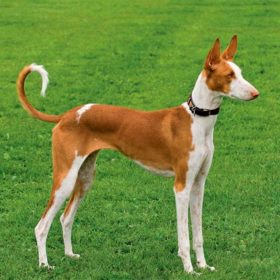 Podenco Canario
Podenco Canario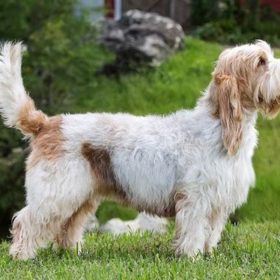 Grand Basset Griffon Vendéen
Grand Basset Griffon Vendéen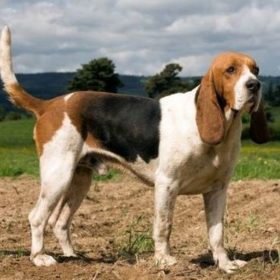 Artois Hound
Artois Hound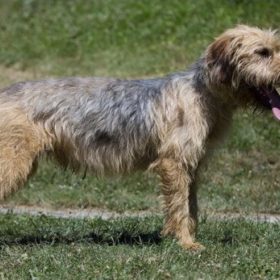 Barak
Barak Soft-coated Wheaten Terrier
Soft-coated Wheaten Terrier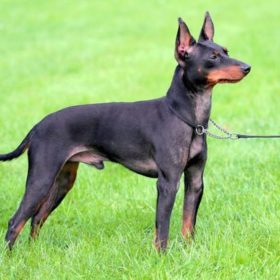 English Toy Terrier
English Toy Terrier